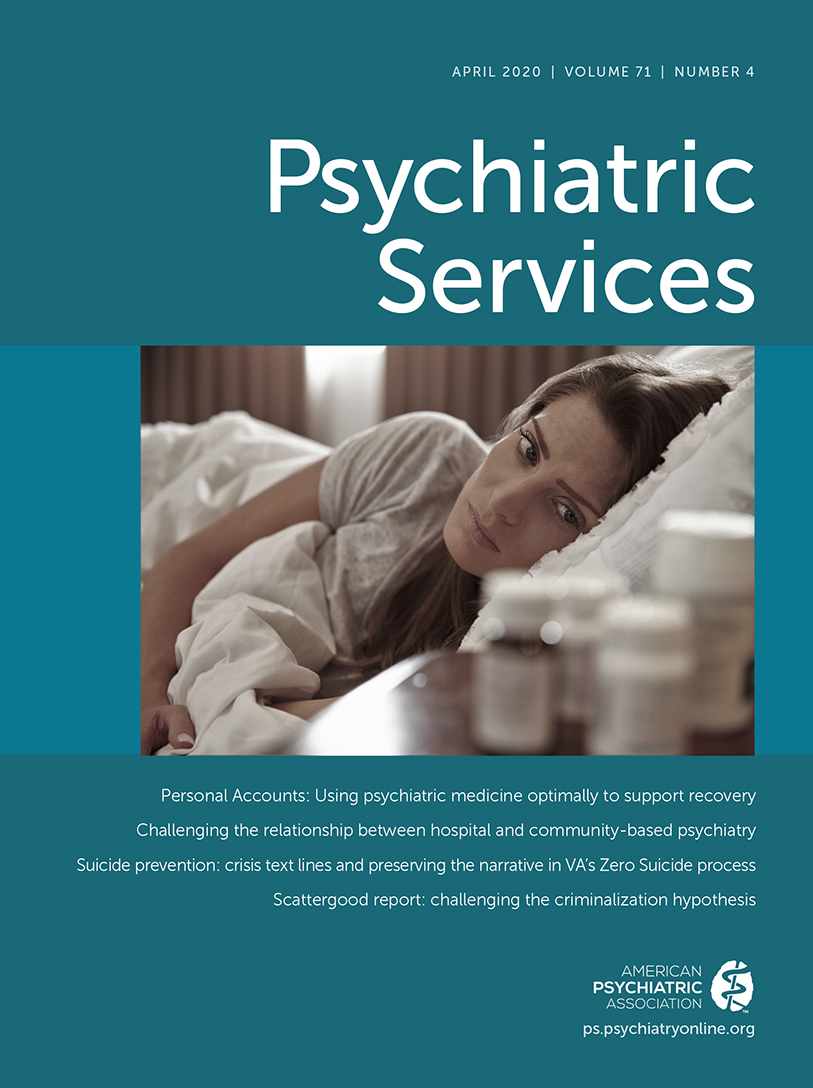Mental Health Service Use by Medicaid-Enrolled Children and Adolescents in Primary Care Safety-Net Clinics
Abstract
Objective:
Little is known about the role of primary care safety-net clinics, including federally qualified health centers and rural health clinics, in providing mental health services to youths. This study examined correlates and quality of mental health care for youths treated in these settings.
Methods:
Medicaid claims data (2008–2010) from nine states were used to identify youths initiating medication for attention-deficit hyperactivity disorder (ADHD) (N=6,433) and youths with an incident depression diagnosis (N=13,209). The authors identified youths who received no ADHD or depression-related visits in a primary care safety-net clinic, some (but less than most) visits in these clinics, and most visits in these clinics. Using bivariate and regression analyses, they examined correlates of mental health treatment in these settings and whether mental health visits in these settings were associated with quality measures.
Results:
Only 13.5% of the ADHD cohort and 7.2% of the depression cohort sought any ADHD- or depression-related visits in primary care safety-net clinics. Residence in a county with a higher (versus lower) percentage of residents living in an urban area was negatively associated with receiving the majority of mental health visits in these settings (p<0.05). Compared with youths with no visits in these settings, youths who received most of their mental health treatment in these settings received lower-quality care on five of six measures (p<0.01).
Conclusions:
As investment in the expansion of mental health services in primary care safety-net clinics grows, future research should assess whether these resources translate into improved mental health care access and quality for Medicaid-enrolled youths.



